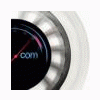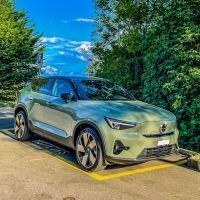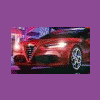Alfa Romeo Giulia Quadrifoglio 2016
Quanto ti piace l'Alfa Romeo Giulia 2016?
558 voti
-
1. Quanto ti piace l'Alfa Romeo Giulia 2016?
-
Molto286
-
Abbastanza86
-
Poco15
-
Per niente15
-
- Si prega di accedere o registrarsi per votare a questo sondaggio.
-
Contenuti simili
-
Alfa Romeo Stelvio II 2025 - [Fotoritocco & Proposte grafiche dal web e non] 1 2 3 4 23
Pubblicato da Osv,
- alfa romeo bev
- piattaforma large
- (e 7 altri in più)
- 228 risposte
- 36761 visite
-
Alfa Romeo Heritage 4C Collezione GT “Nicola Larini” 2024 1 2
Pubblicato da MotorPassion,
- alfa romeo 4c collezione gt “nicola larini”
- alfa romeo
- (e 2 altri in più)
- 17 risposte
- 2296 visite
-
Alfa Romeo new “Bottega” 2026 (Notizie) 1 2 3
Pubblicato da AleMcGir,
- prossimi modelli
- alfa romeo
- (e 3 altri in più)
- 23 risposte
- 4473 visite
-
-
-









.jpg.0a9ff73d7a7ad09550fc411cda37bc7c.thumb.jpg.095392f5d8b6dc45c10ccf463694d027.jpg)


.thumb.jpg.902d2a4f20a129e92b6f6920407b81bd.jpg)














Messaggi Raccomandati:
Crea un account o accedi per lasciare un commento
Devi essere iscritto per commentare e visualizzare le sezioni protette!
Crea un account
Iscriviti nella nostra community. È facile!
Registra un nuovo accountAccedi
Sei già registrato? Accedi qui.
Accedi Ora